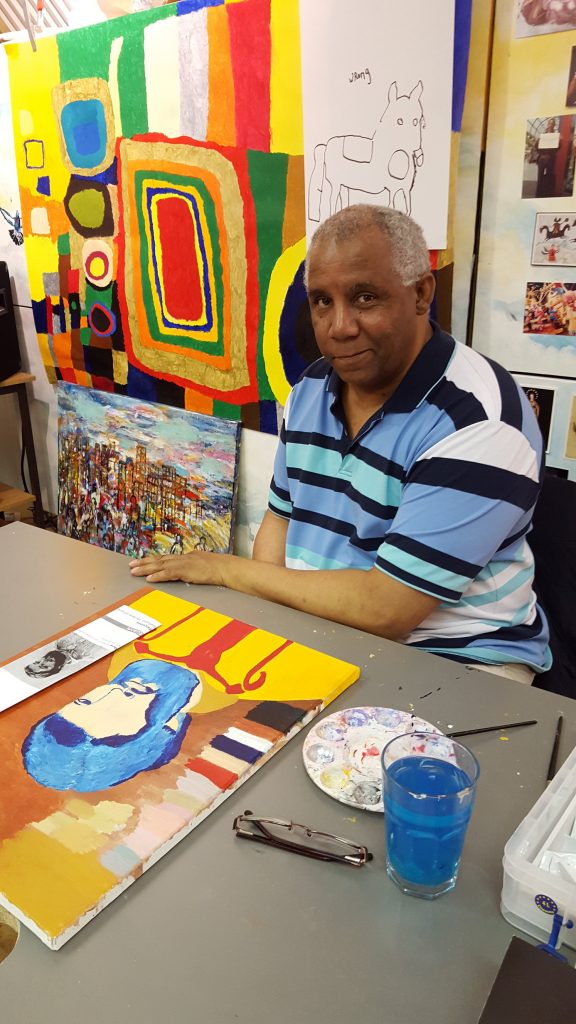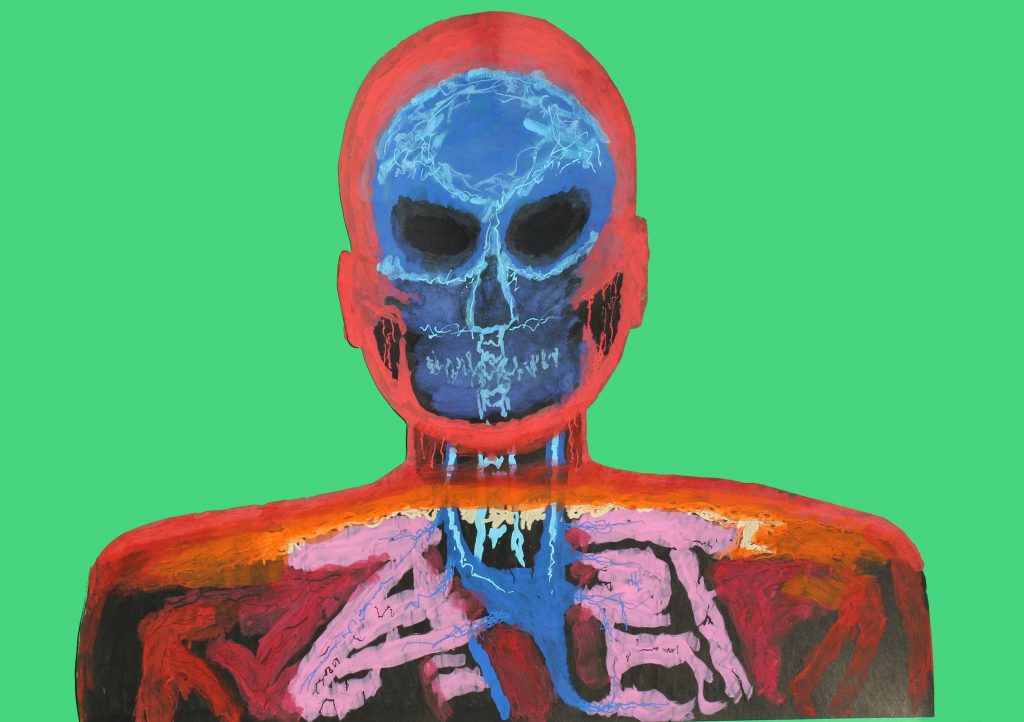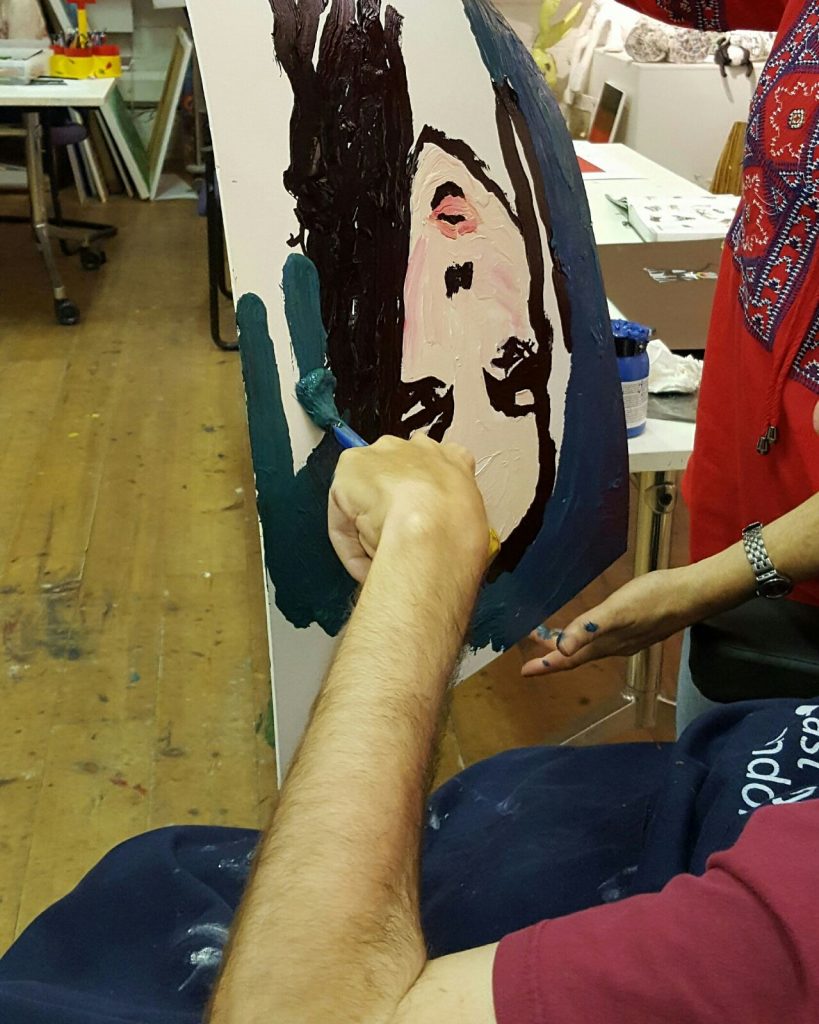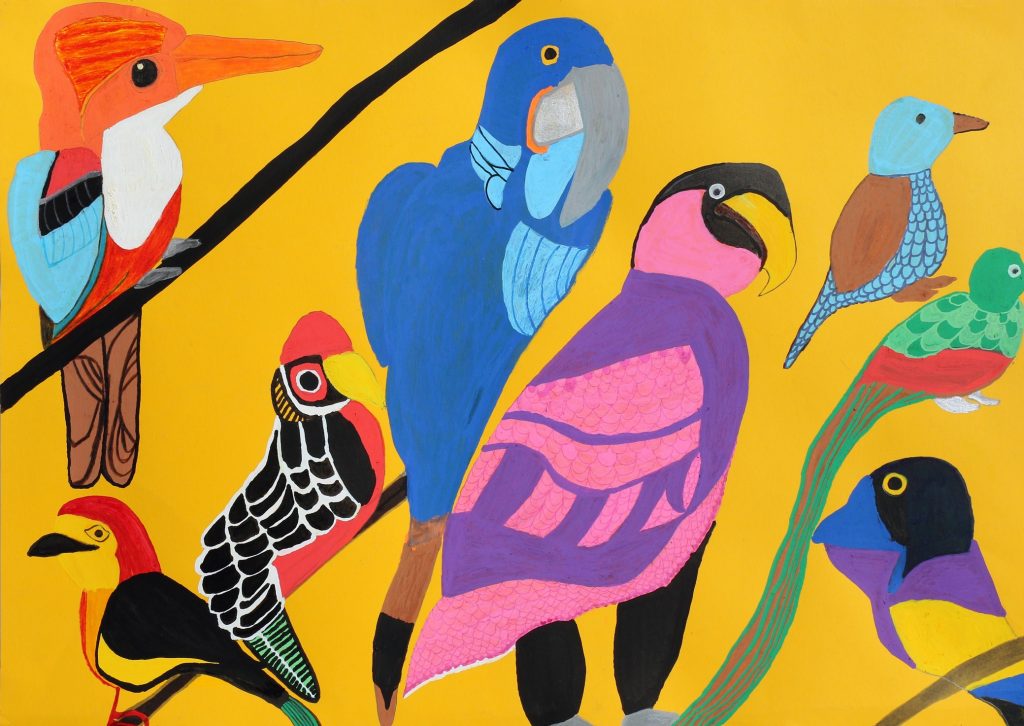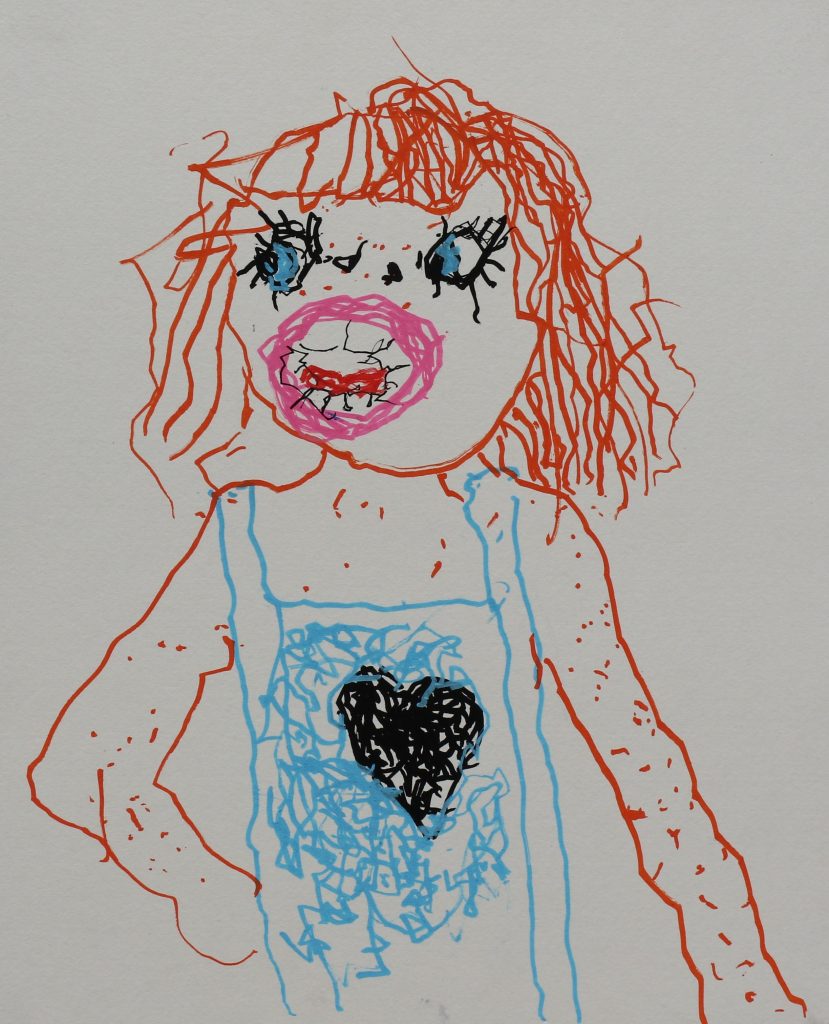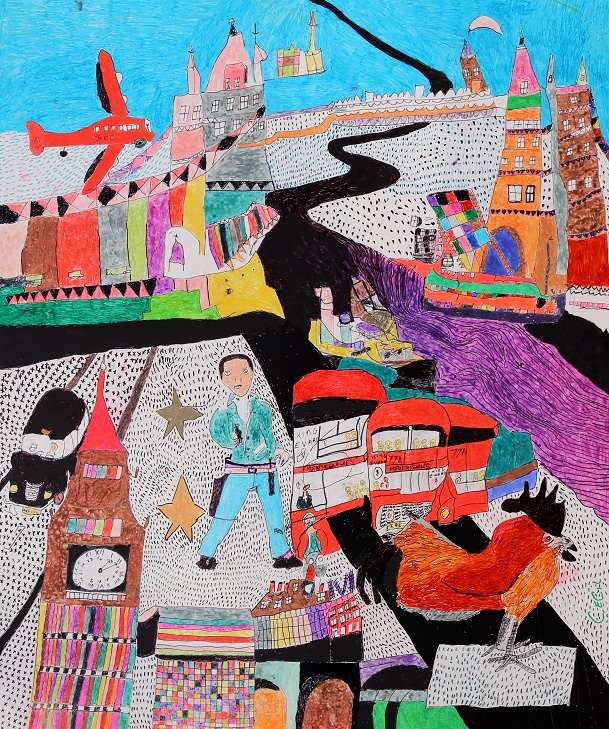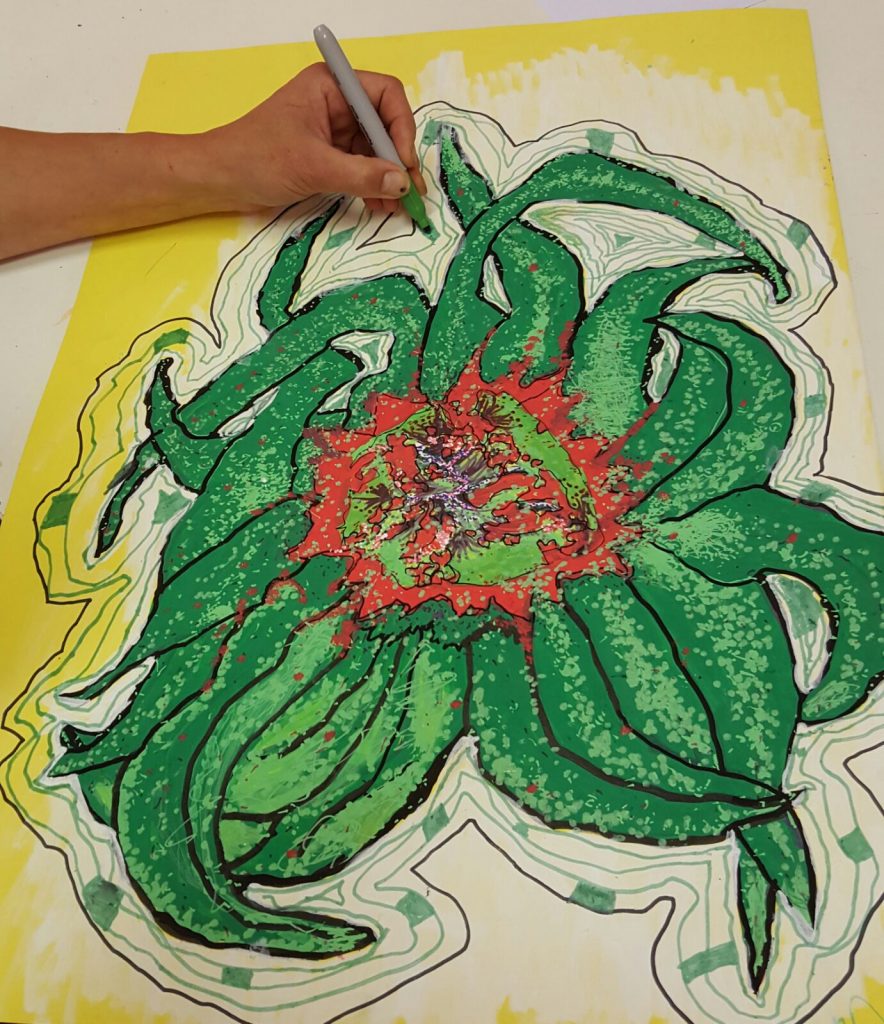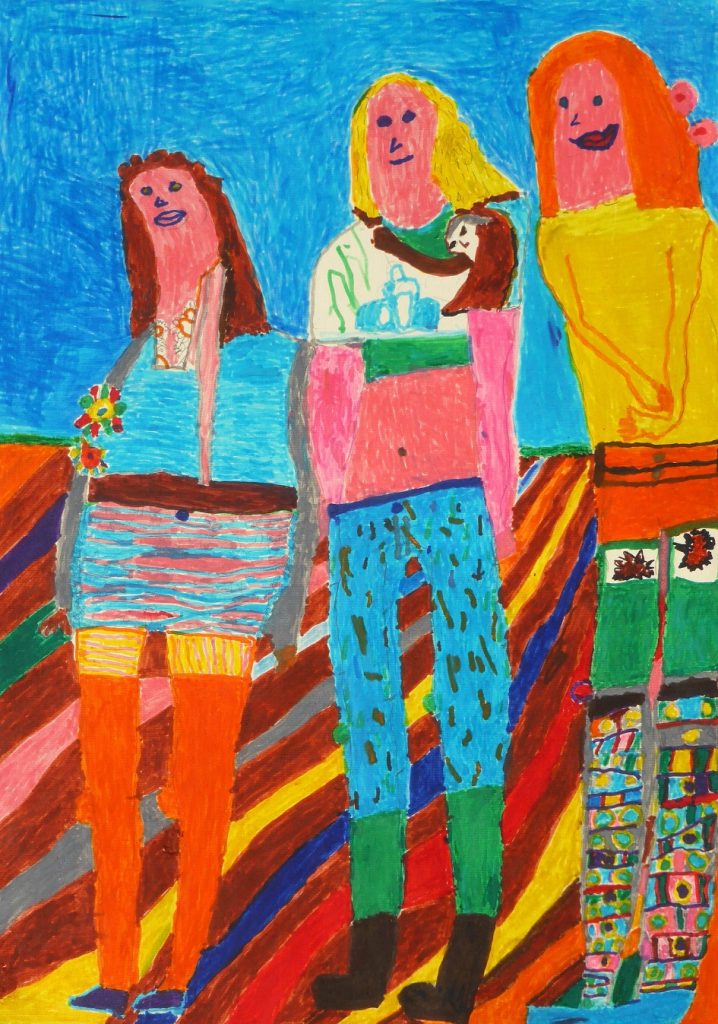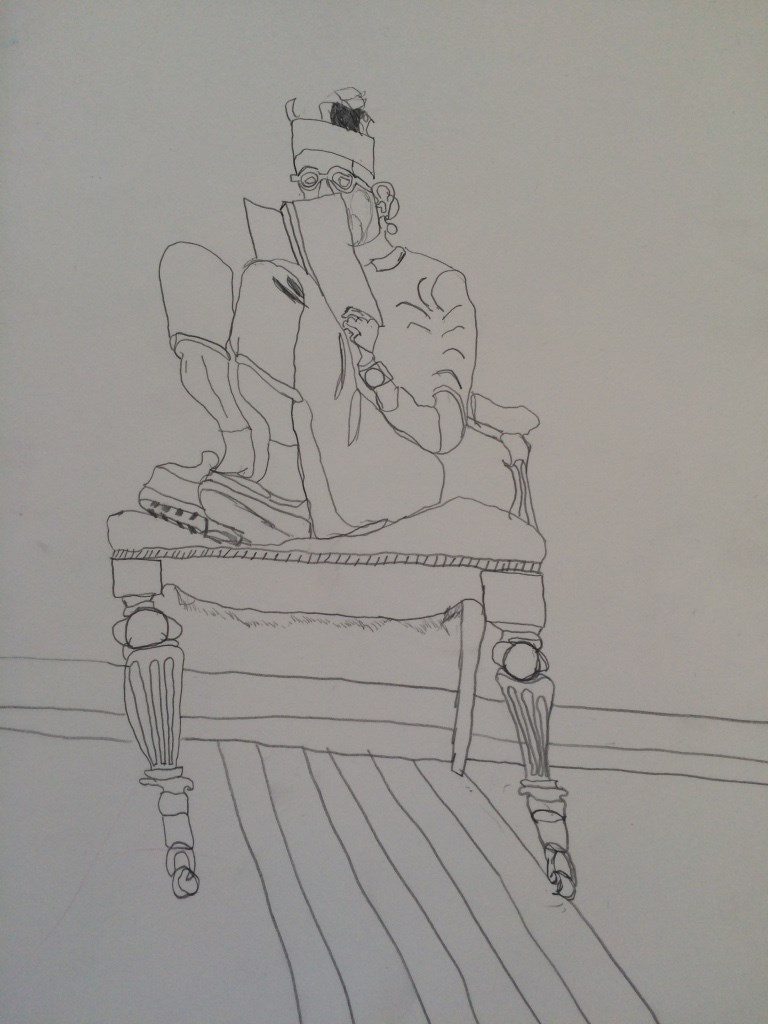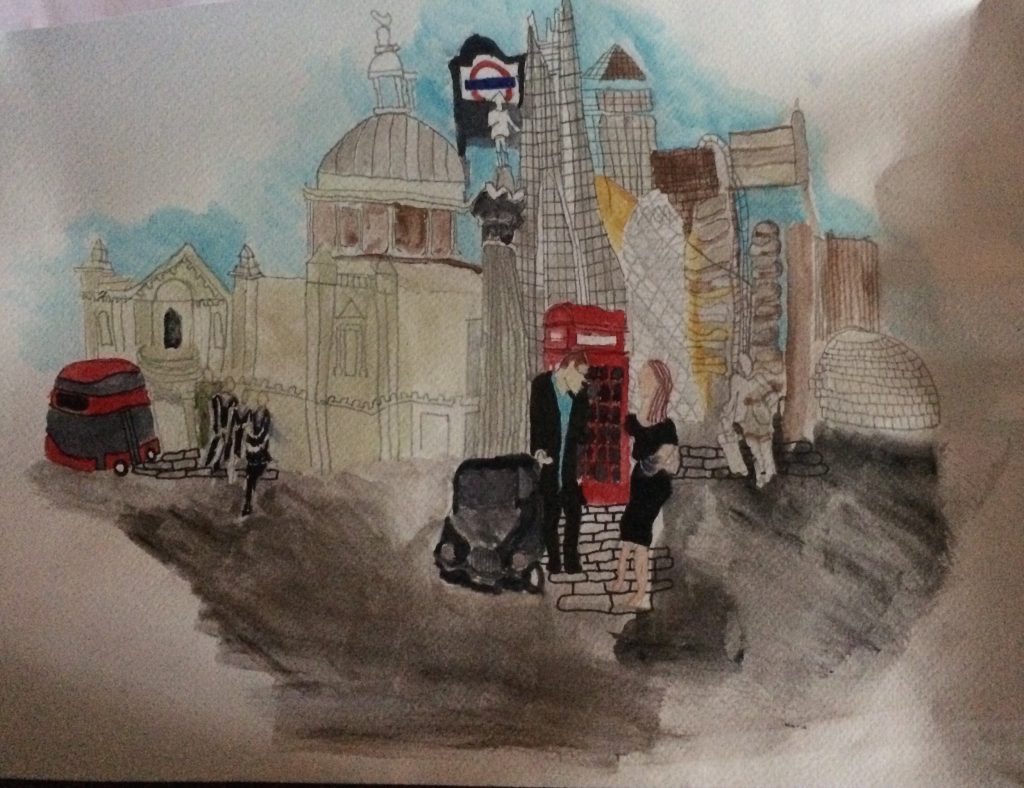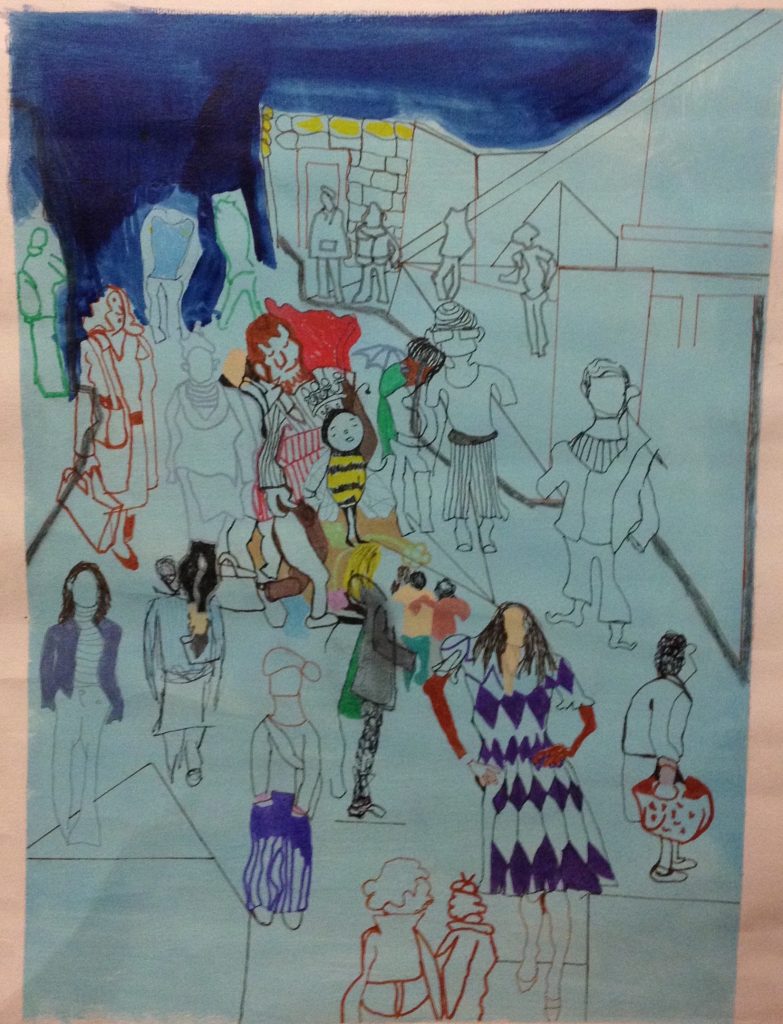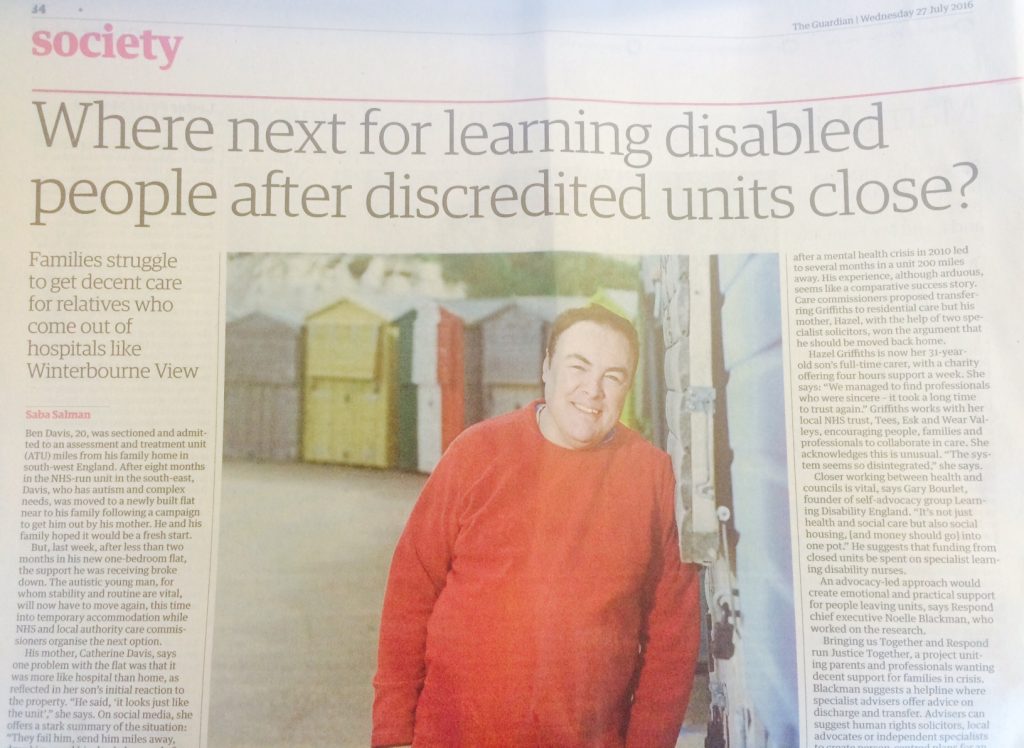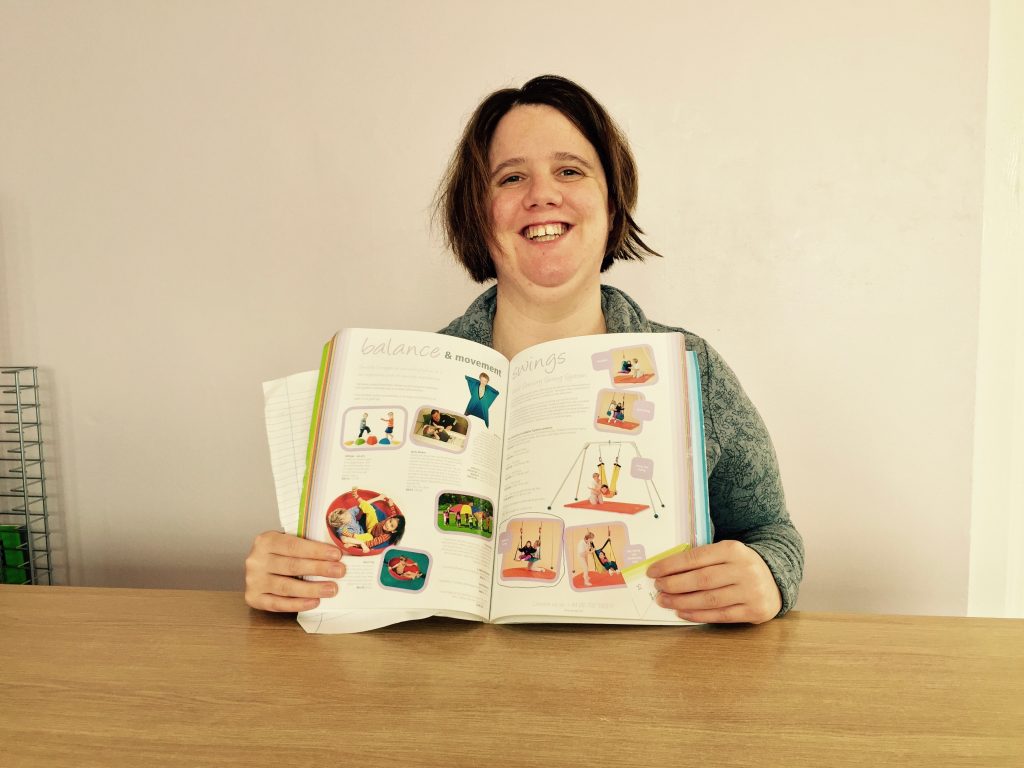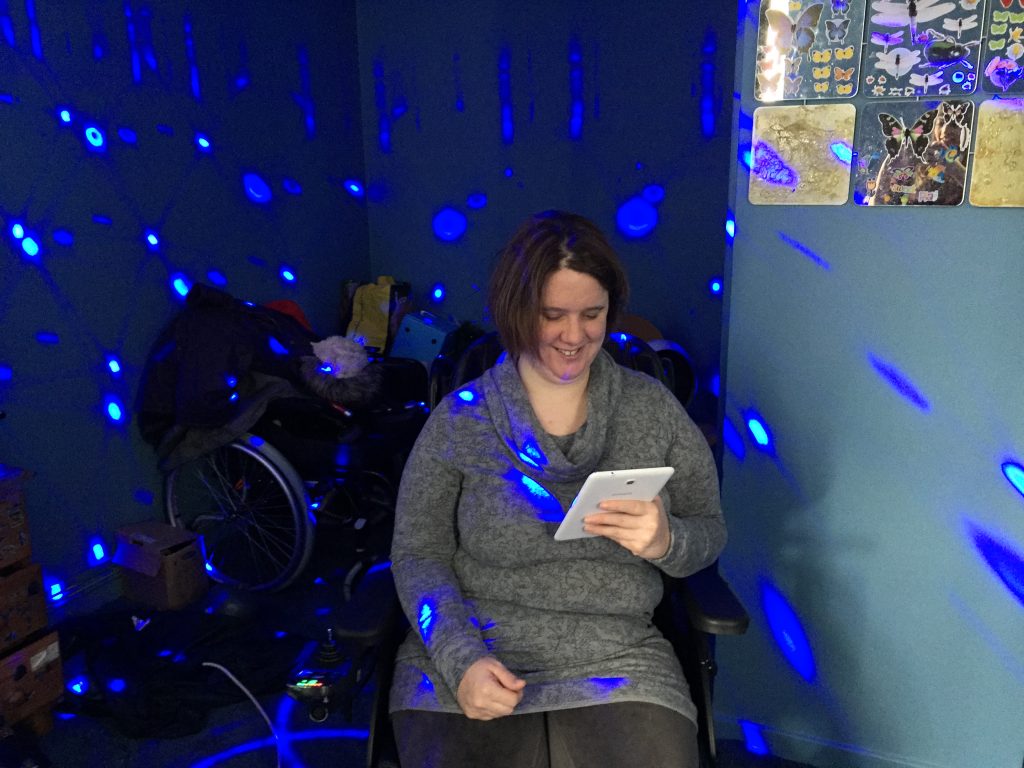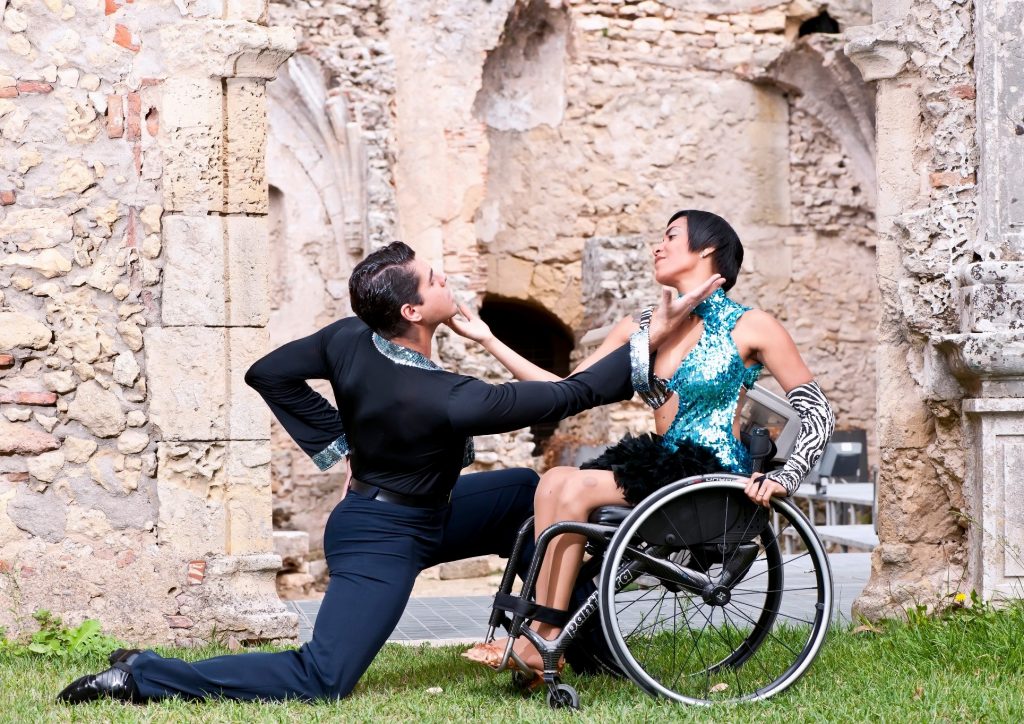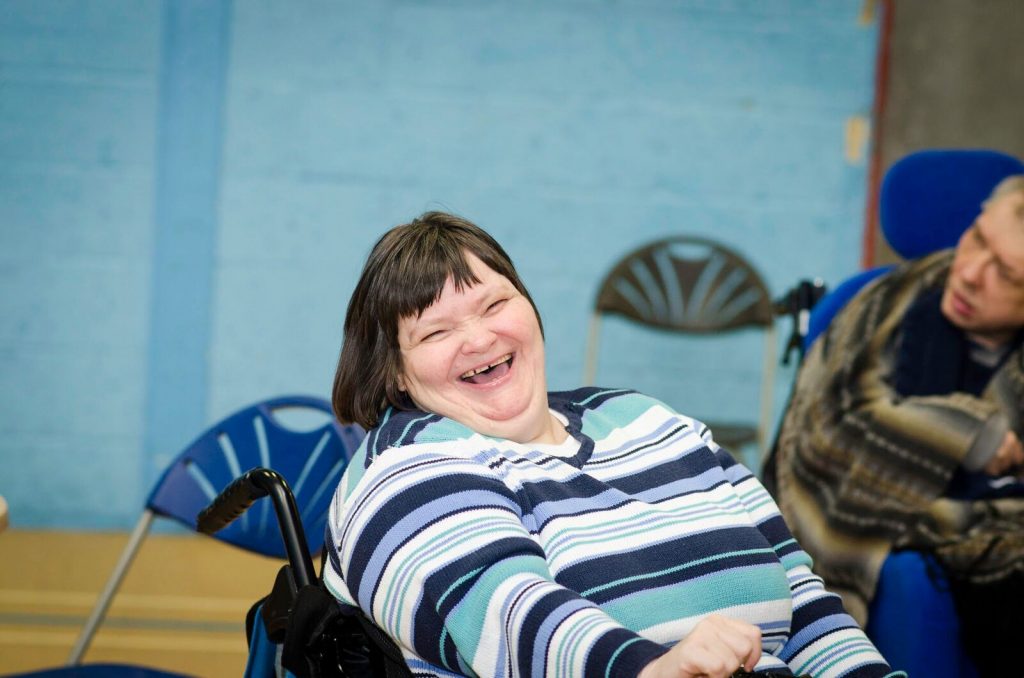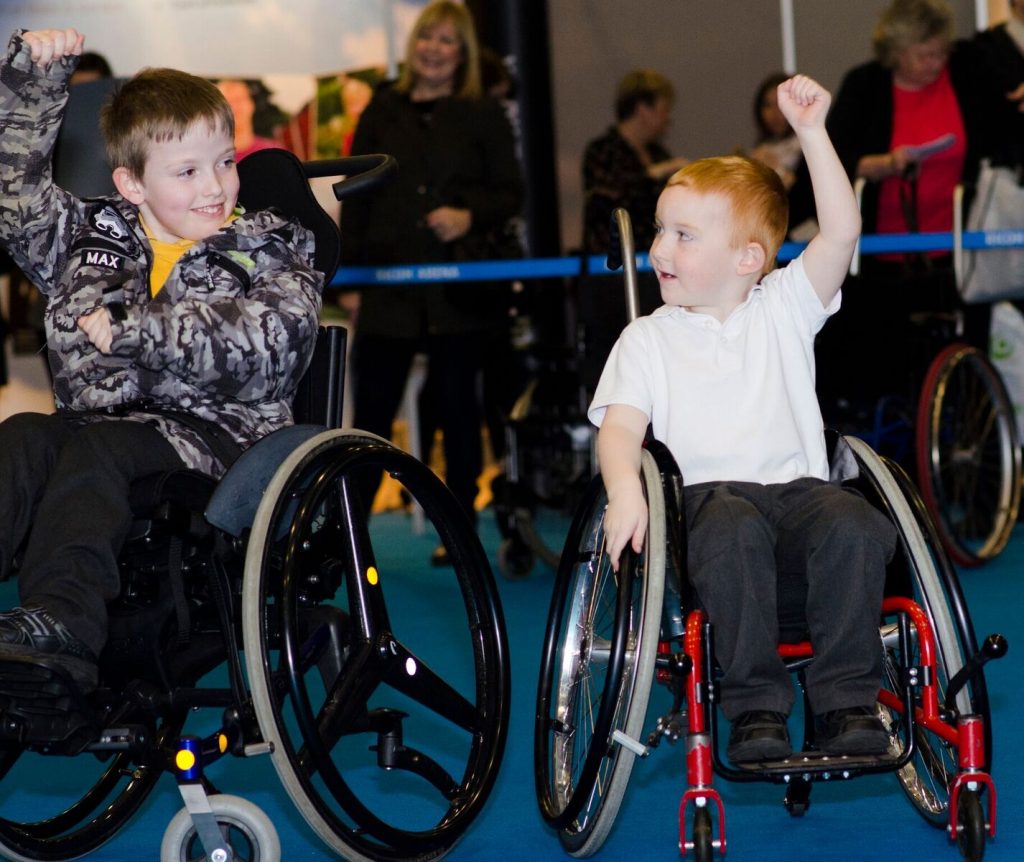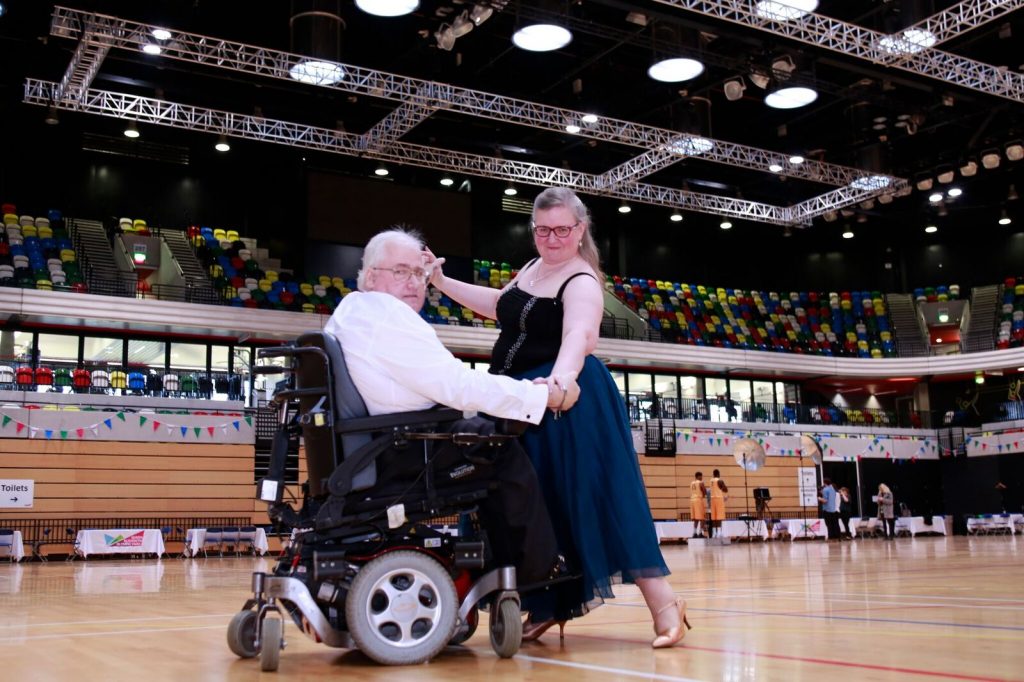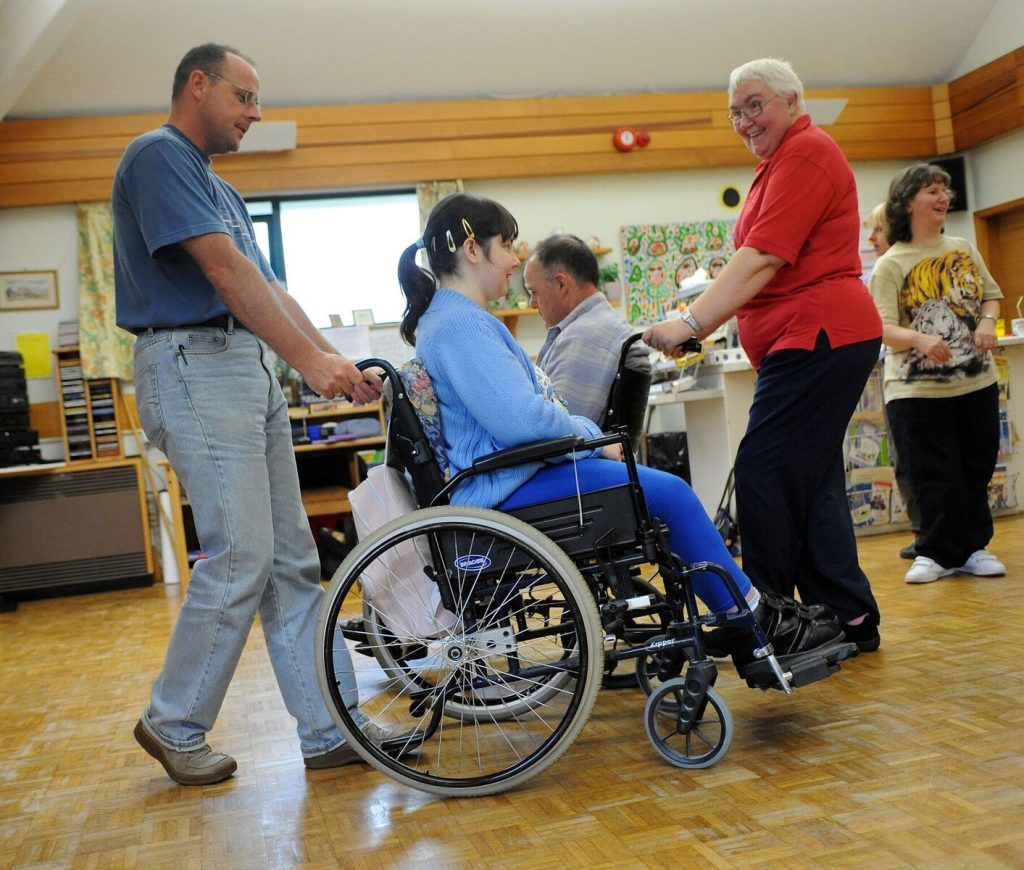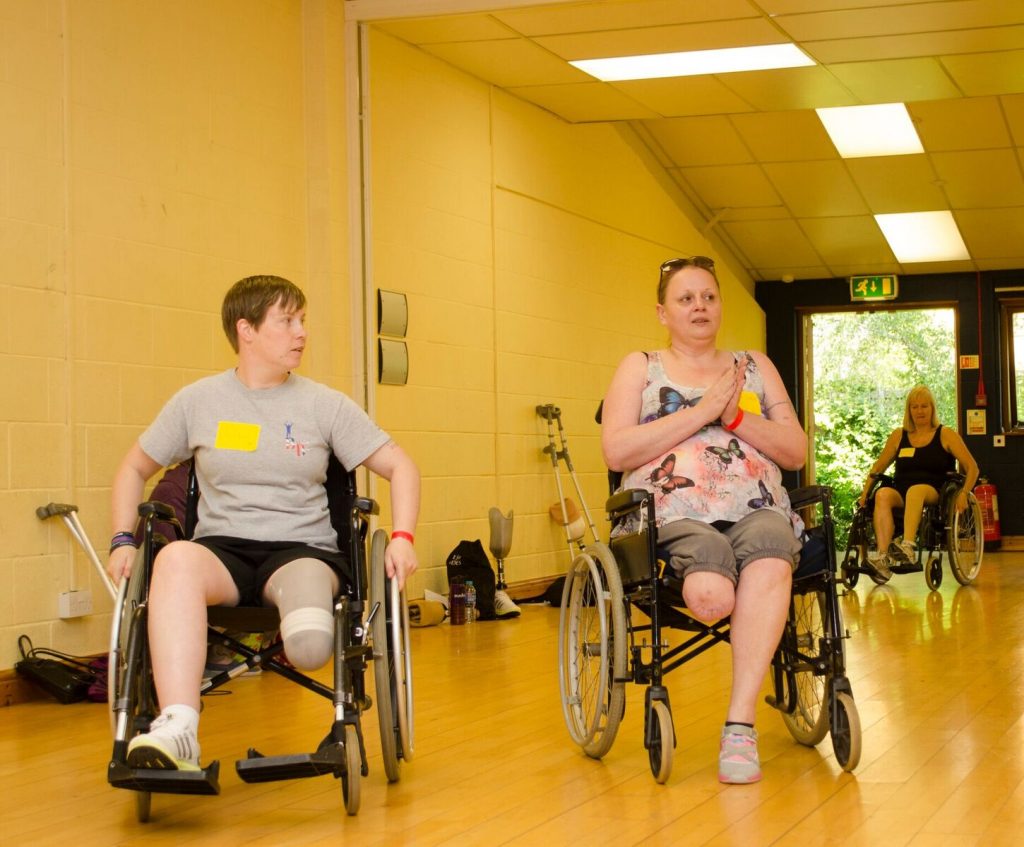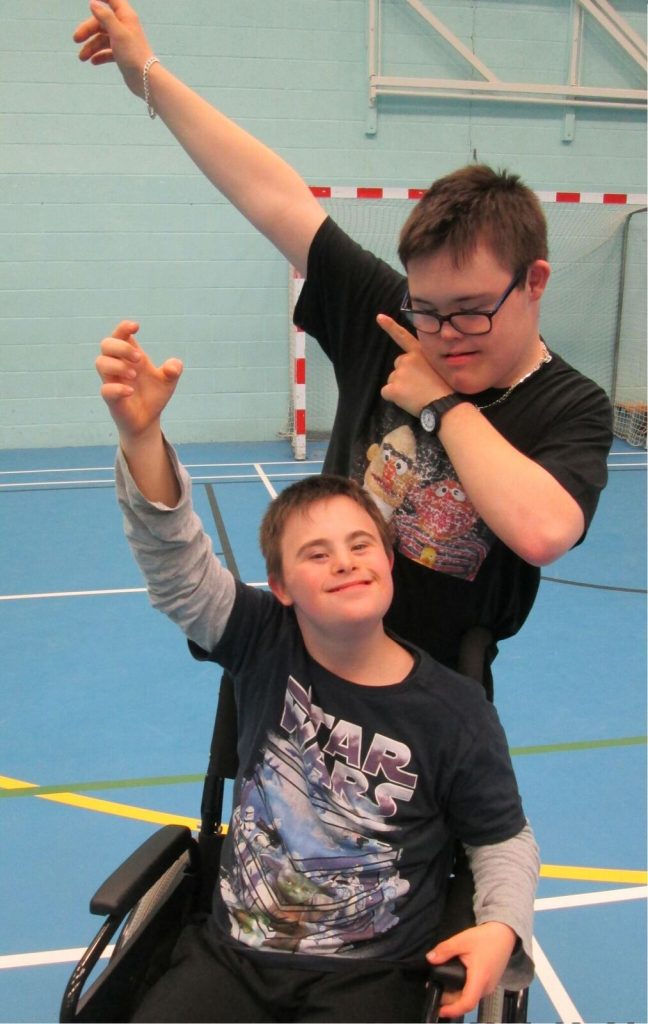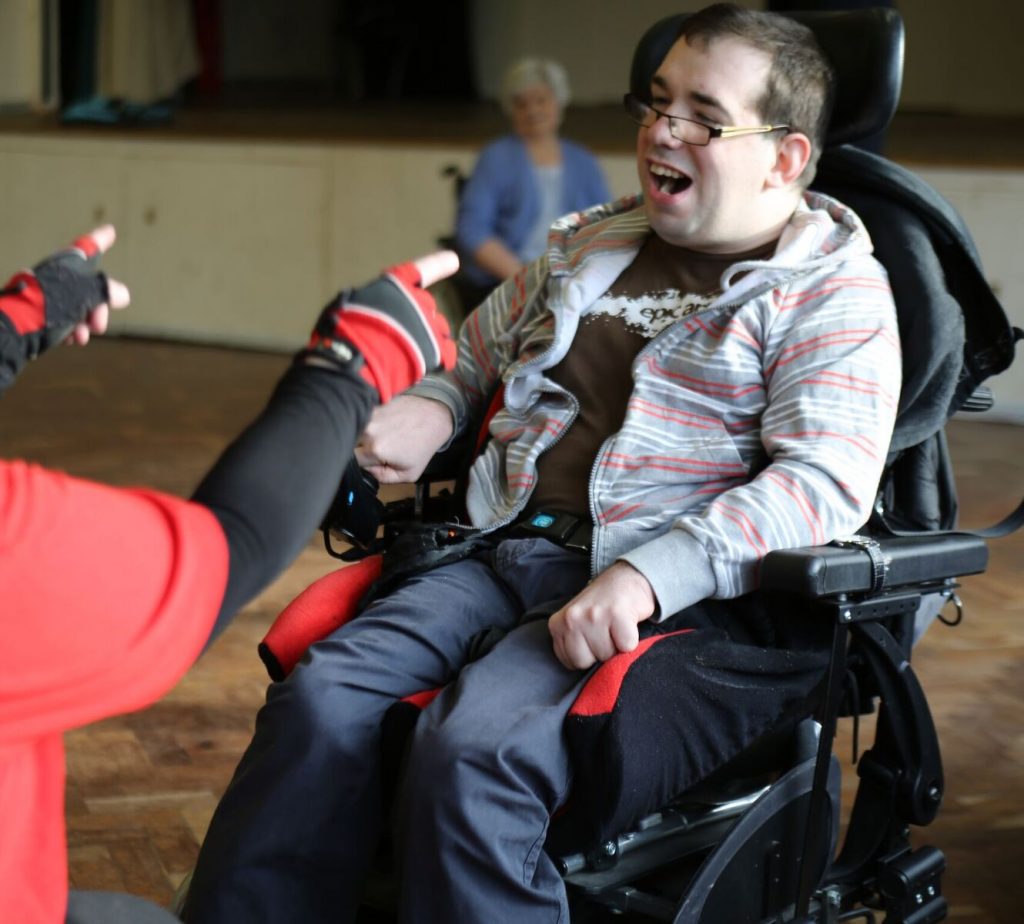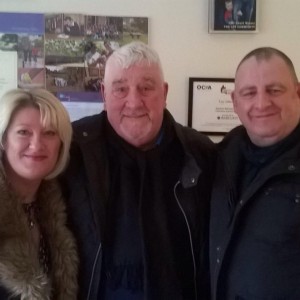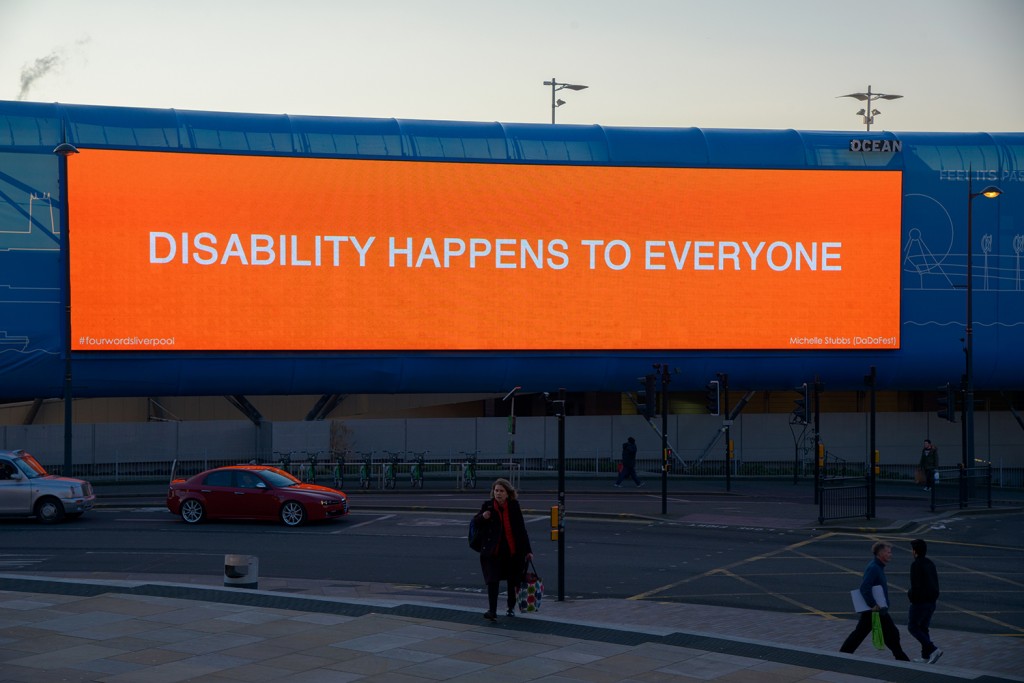
Against a backdrop of funding cuts, headlines about poor practice and high staff turnover in the sector, it is easy to see how the personal aspect of ‘care’ can become lost. The increased focus on efficiencies, paperwork and risk avoidance can often shift the focus from people to process.
These were among the issues discussed when I recently spoke to BA and MA students at Coventry University as a visiting lecturer. I was interested in what expectations and views people preparing to enter the world of social work had of the sector, and what had motivated their choice of career.
I have spent two decades working for central government, social care providers and now, as a PhD researcher at the University of Cambridge examining what quality of life means to people with learning disabilities in residential care. An advocate for disability sport, I also recently co-founded an inclusive dance company that provides disabled and non-disabled people with the chance to learn in an inclusive environment. In addition, I am guardian to my older brother who has autism. So I started by asking the student-filled lecture theatre to indicate if they had a relative with a disability. Almost everyone raised their hand.
I was struck by the maturity, insight, and engagement of the students I met. They wanted to work in social care because they see themselves as caring. But already so early into their careers, many had met with challenges and wanted guidance and support but were not sure how to access this.
I spoke about the duty of every individual to take ownership of better practice, and not to allow poor practice to happen around them by saying nothing. A student approached me during the break. She said she had witnessed physical abuse in a care home during her placement but she was so junior she felt unable to do anything. I advised her of the regulatory authority and how to report abuse confidentially but there was wider concern among students that in a tight-knit environment where staff know each other well and there is a culture of solidarity, it would be difficult to report poor practice without being identified and singled-out. There was an echo of support for one student’s view that one can feel disempowered to make a difference when the scale of the challenge seems so vast or as she put it: ‘what difference can I make when the system is so broken’.
Hearing comments like this, I was heartened by the students’ willingness to self-reflect on how they can make a personal impact on people’s lives in spite of the wider challenges. We discussed what quality of life and identity means for people with disabilities. I shared case studies of support workers and how they had enabled people to achieve their potential by making efforts to engage on a personal, individual level and thinking about what someone can do not what they can’t.
I spoke about my work around inclusive dance through Step Change Studios, which provides disabled and non-disabled people with the chance to learn in an inclusive environment, and the feedback from disabled people on what being active and participating in society on an equal platform means to them. I was really pleased to receive feedback which showed that students understood that inclusion was not simply about taking part in an activity but goes much deeper. As one student said: ‘The description of the woman with a disability who said as a dancer she could feel like a beautiful woman was powerful and made me realise that people with disabilities often don’t ever get to see themselves in this way’.
As another student commented after the lecture: ‘I was really struck by the way Rashmi spoke about social work becoming ‘transactional’ – this is my experience of how a lot of learning disabilities services are. Relationships happen, but the emphasis that managers have is ticking boxes.’
The students also asked for advice on how to cope with challenging situations and people, I reflected on what I have learned during difficult times: identify good people who can inspire you and don’t be distracted by negative people; focus on potential not obstacles; making a small difference is better than doing nothing; and look after your wellbeing because you cannot be of value to someone else if you do not value yourself.
* Rashmi Becker’s Step Change Studios is holding a ‘Strictly’ style competition at Stratford Circus, East London, today (Monday 24th April) with care provider East Thames involving people with learning disabilities. The event is being held in advance of the UNESCO International Day of Dance next Saturday, 29 April. Contact Step Change for more information.
* A previous post on wheelchair dance can be read here.

